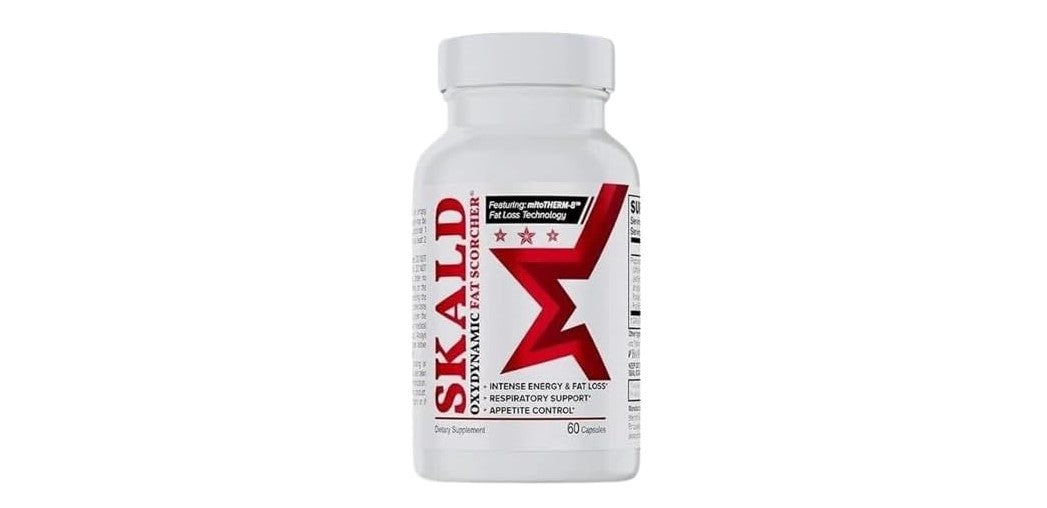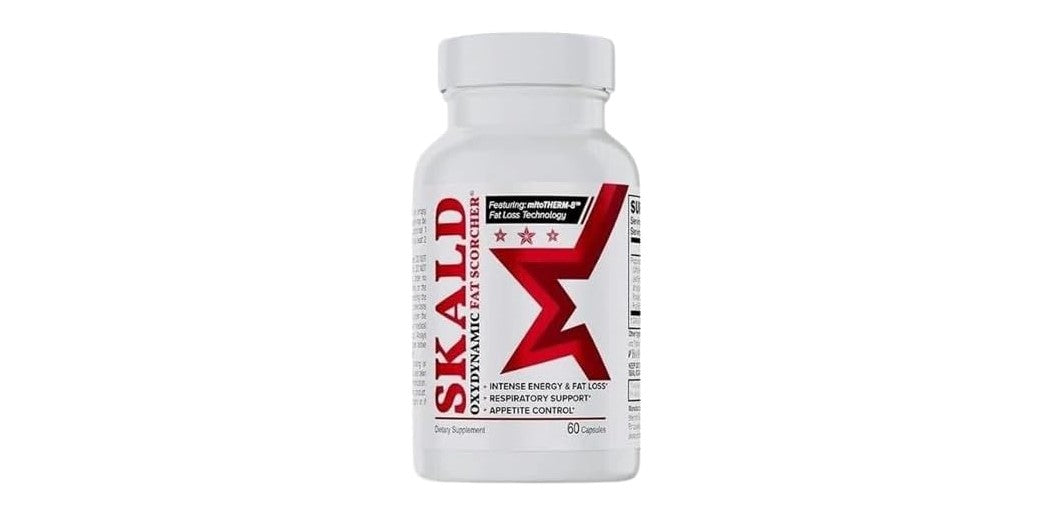
Skald's Ingredients
The mystery continues when it comes to Skald's ingredients.It's composed of nine ingredients totalling 356mg per serving (one capsule), but the doses of each are a closely guarded secret. For us, this is a big turn-off. While no one wants their competitors stealing their formula, we believe it's important to know how much of each ingredient you are consuming, especially if the idea is to take the product regularly.
Not just because this information can better help you achieve your weight loss goals. It is also a safety issue. This is all the more acute since Skald contains some ingredients that may cause side effects. Let's dive a bit deeper.
Caffeine Anhydrous - The one ingredient whose dosage is labelled, Skald contains 110 mg of caffeine. This amounts to about one strong cup of coffee.A review of randomized controlled trials indicates caffeine might promote weight and body fat reduction [1] as well as helping to promote satiety.
N-Acetyl-Tyrosine - This is an amino acid that stimulates the production of dopamine and norepinephrine. It's included to improve cognitive performance and body coordination during workouts, but the evidence for this is not very strong. [2]
Green Tea Leaf Extract - Green tea is another source of caffeine in Skald. It also contains catechins which, especially when combined with caffeine, have potent thermogenic properties while also slowing down the digestion of fat. [3]
Juniper Berry Extract - Juniper berry is believed to contain compounds that act as stimulants but research in this regard is very limited. There have also been no in-human studies supporting the claim that juniper berry extract is effective in supporting weight loss.
White Willow Bark Extract - White willow bark is a potent pain-reliever and anti-inflammatory. As such, it is used to manufacture aspirin.
Alongside Skald's strong caffeine doses, the presence of aspirin (or its active compound acetylsalicylic acid) brings to mind the now banned ephedrine-caffeine-aspirin (ECA) combinations sold as ECA stacks that were popular in the 1990s, but which are dangerous.In any case, there is some evidence to suggest that white willow bark can improve exercise performance as well as appetite control. [4]
Verbascum Thapsus Leaf Powder - Verbascum thapsus, or malleine, is a plant that has been used medicinally for centuries to improve respiratory function. Its antioxidant properties are believed to help loosen and remove excess mucus, although there have yet to be any clinical studies attesting to this.Elecampane Root PowderElecampane is similar to sunflowers and, like mullein, is thought to help with respiration. However, as with mullein, clinical research as to its effectiveness is currently lacking.
Bioperine Black Pepper Extract - A common ingredient in fat burner products, Bioperine is a patented extract of piperine taken from black pepper which, when consumed, increases the bioavailability of other nutrients.
However, it was impossible to find any research concerning Bioperine working in combination with any of the other ingredients in Skald, so it's unclear whether it truly aids with their absorption. Similarly, it is claimed that piperine improves overall mood, but this is only based on animal studies. As yet, no human trials have reported this benefit with confidence. [5]
References
https://doi.org/10.1080/10408398.2018.1507996
https://doi.org/10.1016/j.jpsychires.2015.08.014
https://doi.org/10.1080/10408398.2014.986672
https://doi.org/10.1002/ptr.5377
https://doi.org/10.1007/978-3-319-41334-1_8
- Choosing a selection results in a full page refresh.
- Opens in a new window.
